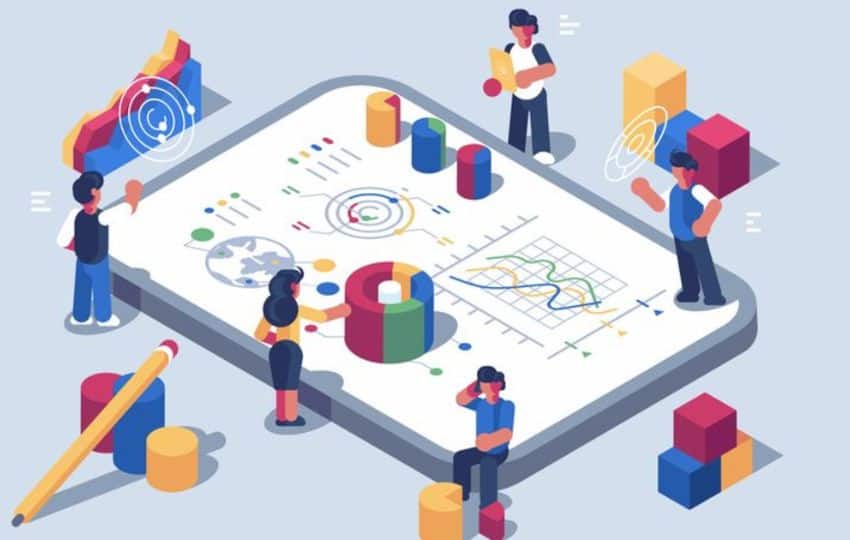
According to the research, it shows the popularity of data analysis is constantly growing. In 2015, only 17% of organizations were using big data analysis. Now, the number is rapidly increasing and making it to 59% of organizations which are using it.
Python for data analysis is a programming language that is designed to perform statistical computations and data analytics.
In the same way, Python is a popular programming language. It is used for web development, mobile applications, operating systems, data science, machine learning, artificial intelligence, etc.
It is considered one of the easiest programming languages worldwide. Most beginners start from this language.
Since, Python is an easy and versatile programming language, the job opportunities for Python are also increasing day by day.
Nowadays, technology plays a vital role in different kinds of organizations. It is a key factor for an organization to get success.
One such ingredient that, if used properly, will define a company’s success. And, it is data analysis.

Talking about different advanced technologies, data analysis comes into play. Data analysis is important in business to understand the problems and to explore data in order to solve those problems.
Data analysis is the methodology of gathering data and processing the data to make it useful. Data analysis helps to obtain accurate data for the future planning of the company. As a result, it helps to narrow down the main thing to focus on for uplifting the company.
So, the question might arise about what is the connection between Python and data analysis. Now, we will be discussing it in detail.
We know data analysis is important for the organization. Meanwhile, what are the best options for data analysis?
There are lots of programming languages for data analysis. Such as Java. JavaScript, Python, C#, C++, etc. Python is considered to be the best programming language for data analysis.
Python is a popular programming language. It has huge communities all over the world.
Moreover, it is widely popular for its simplicity and readability. Due to this, Python is one of the best programming languages for data analysis.
Consisting of simple syntaxes that helps everyone to move on to this programming language, Python makes it easy for developers who are working for data analysis.
Matter of fact, it provides some extension tools to perform better. Python also has valuable resources to use for data analysis.
The resources such as data mining, data processing, data modelling, and data visualization that are also the most important factors to use Python for data analysis .
We need different types of libraries for data mining. And Python helps us to provide libraries such as Scrapy and BeautifulSoup for data mining.
Scrapy helps to collect structured data from the web which is widely used for collecting data from APIs. Similarly, BeautifulSoup is used to scrape data and arrange it in a systematic format.
For data processing, there are two main libraries in Python such as NumPy and Pandas. NumPy helps to arrange big data sets and operate them.
Whereas, Pandas is used for listing items and data frames.
There are lots of libraries in Python for data modelling. But Matplotlib and Seaborn are used mostly.
Both Matplotlib and Seaborn help to convert long lists of numbers into histograms, pie charts, heatmaps, etc.
Well, there are lots of languages for data science such as Java. JavaScript, Python, C#, C++, etc. But we recommend using Python for data analysis.
It is popular as it is easy to learn and has a simple syntax which is great for readability .
Furthermore, its flexibility and scalability are also comparatively better. And, Python also has a large number of different useful libraries for data analysis.
A common question that most of the new comers in the data analysis field ask is: Is python really better than Excel for data analysis?
Well, Excel is a good tool for the fewer numbers of data analysis. However, for big data analysis, it will be difficult to process and also more complex to perform.
For that reason, we use Python which helps us to provide the tools and techniques for automation and complex analytics.
Sign up to stay updated with the latest insights, news, and more.